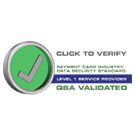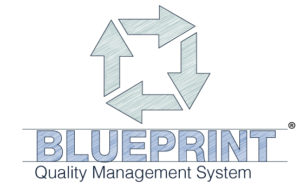Analysis comes in many forms ranging from the most simple of account reviews, to complex mathematical techniques such as regression analysis and beyond. Regardless of the methods used to analyze results and determine likely outcomes, we should set out to test our hypotheses and measure our results to determine the true cause of any short falls. By doing this, we can revise existing processes or install new solutions in such a way that we can replicate our successes and avoid any pitfalls going forward. In addition, we must measure the benefit of installing a new process or tool and weigh it against the cost of installation and any ongoing costs.
As we look to implement new tools or techniques, we must ask ourselves, “What is the problem I’m trying to solve?” At State Collection Service, we are often asked for a better means by which our clients can identify the customers who can or cannot afford to repay their obligation. To answer this question, we have turned to scoring models and various internal data sets to determine the probability that a given customer can repay their obligation. While there is no one size fits all scoring solution to answer that question, scoring models paired with historical data and ongoing measurement do point the direction in a critical component of receivable management, that being resource allocation. While scoring models can point us to groups of customers that are more likely to pay than others, the true value of these models comes from using it to allocate limited resources to maximize recoveries. Through testing various strategies and measuring results against scoring inventory, we can determine the production strategy that various segments of customers are more likely to respond to in a positive manner by paying the outstanding bill. By implementing the test process and comparing results of each test against the score model’s built-in hypothesis of which groups are more likely to pay, we can determine which methods yield the best results in a fashion that we can replicate again in the future. Once we learn which resources to apply or not apply to a group of accounts, we can maximize the value or our receivables, thus maximizing the value of our scoring and analytical efforts for our clients.
About State Collection Service, Inc.
Since 1949, State Collection Service has provided quality collection service to countless healthcare organizations.
Through experience and innovation, State Collection Service has grown to become a tremendously credible and nationally-recognized collection agency offering services from pre-registration to bad debt. It is upon the basis of ethical behavior and a dedication to integrity that each State Collection Service employee works to uphold the company’s vision – Partnerships for a Lifetime.















